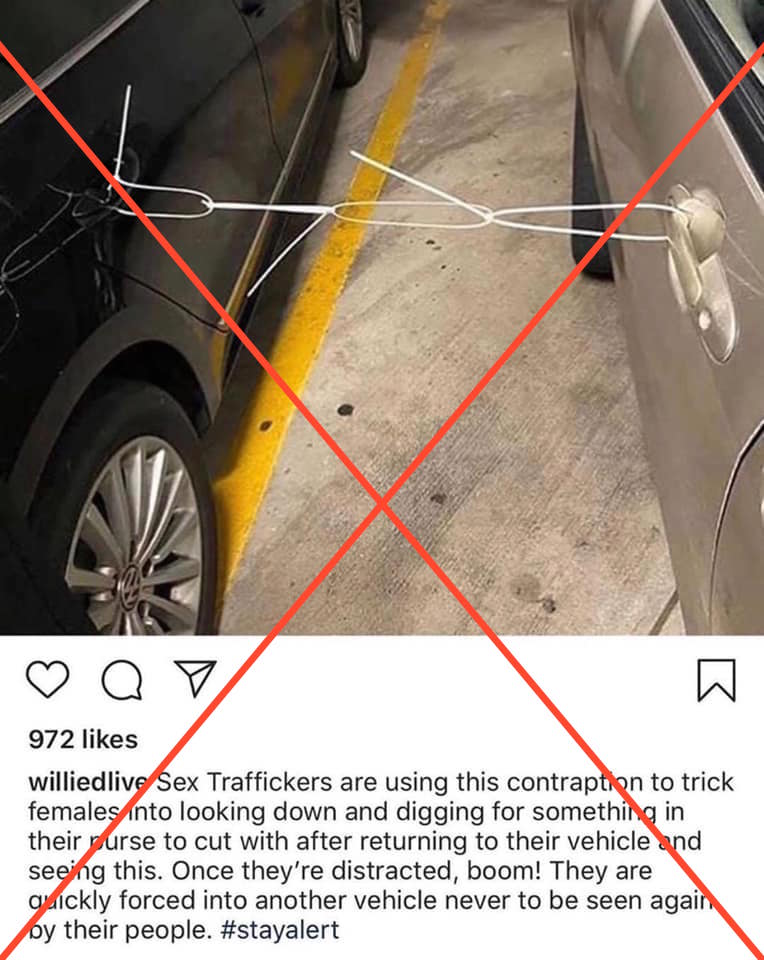Snopes Coin In Door Handle

So if a penny or coin were thick enough to unlatch the door handle you d receive a door ajar dashboard alert.
Snopes coin in door handle. Warning claims parking lot carjackers are placing flyers or 100 bills on the windows of cars then taking the cars when drivers step out of their vehicles to remove them. What s more bond points out that frequently touched items collect salts from the sweat of many people which makes the corrosive layer tougher and longer lasting. But consider how many people handle doorknobs or similar fixtures in a day. On 21 april 2016 facebook user kim fleming posted an image of a rubber band stretched over a door latch handle along with a message warning people about a new method of employing rubber bands.
Modern cars have separate door latch sensors for each door so you d immediately know if the sensor s circuit weren t completed. The original article claims that car thieves have discovered that wedging a penny or nickel in the passenger door handle will prevent the car from being locked. Razor blade reportedly found on shopping cart handle a customer at a bismarck n d walmart reported that she found a long razor blade embedded in the handle of her shopping cart. Coins in car door theft warning there has been no rash of car or property thefts due to nickels or pennies jammed in door handles and car experts say that warnings about them are implausible.
A simple rubber band says mashable. The new trick that criminals are utilizing to steal your car involves putting a penny in the door handle just like this. The way the sensors work can vary. More than enough to neutralize the metal s germ killing powers as long as the building stays busy.
Thus crafty thieves place a coin then lay in wait to follow the victim to wherever they are going. When you unlock your car using your key fob it will essentially prevent the door from locking again once you get out. Hook the rubber band around the doorknobs on both sides of the door making sure it doesn t interfere with the latch.














































